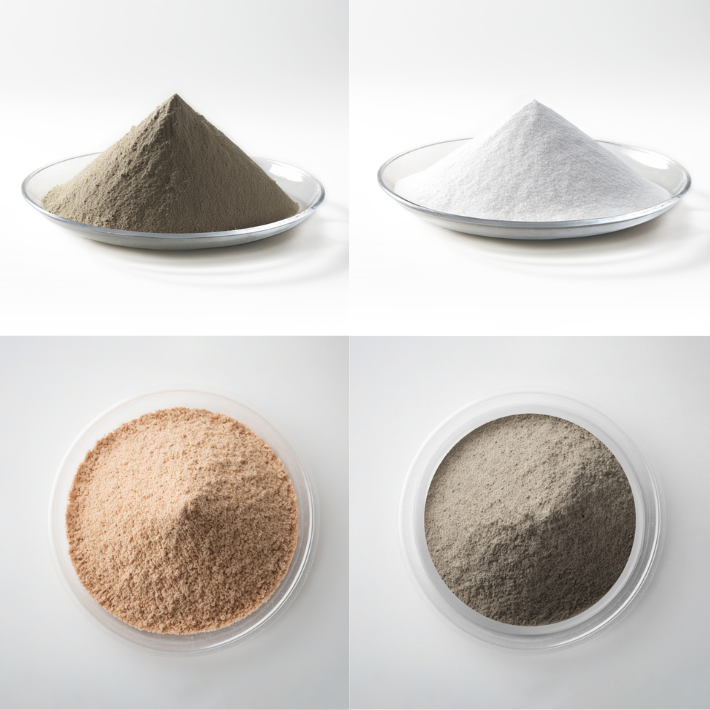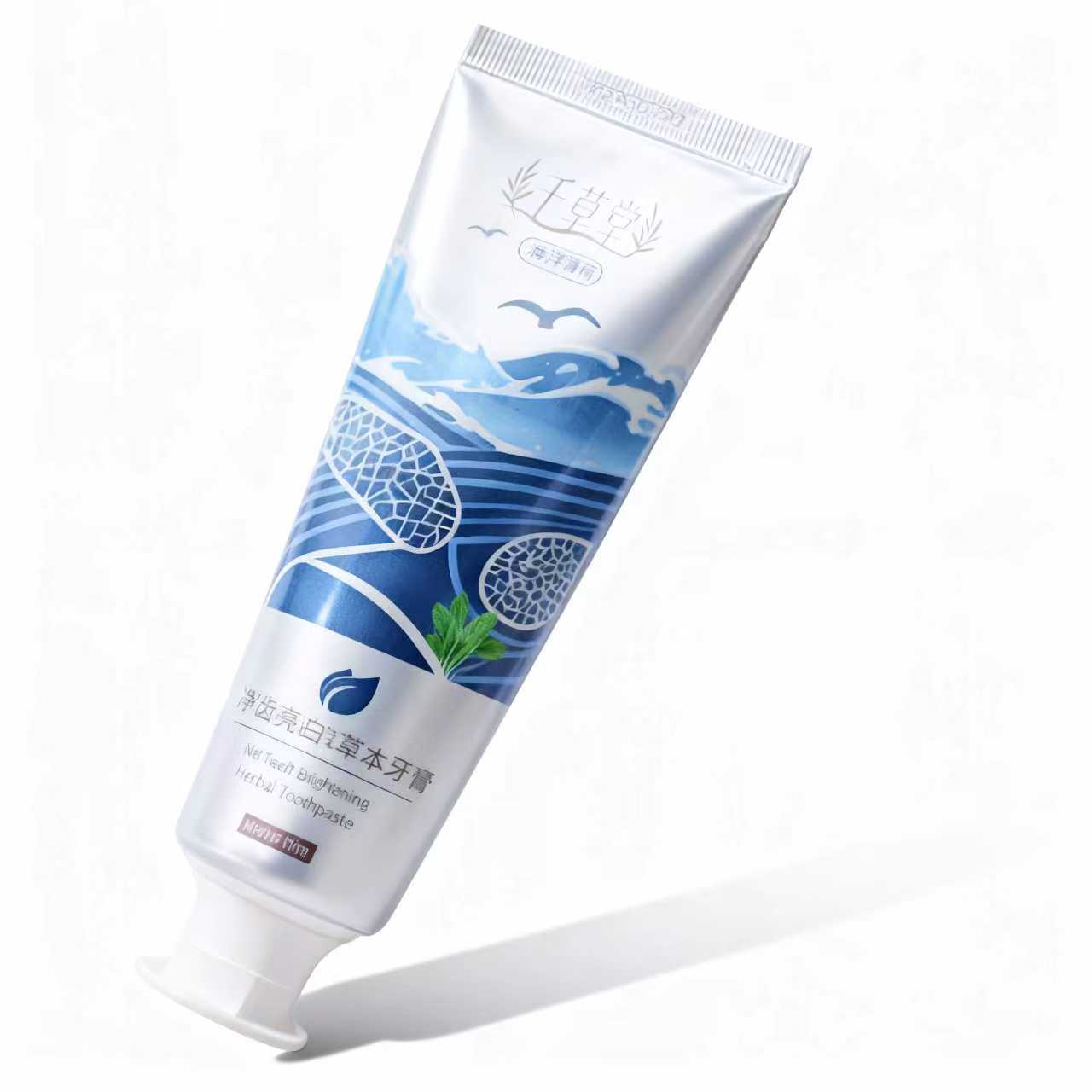
The Ultimate Guide to Diatomaceous Earth for Your Yard and Garden
Discover how diatomaceous earth can transform your yard and garden with its natural pest control, soil improvement, and odor absorption properties.
Diatomaceous earth (DE) is a naturally occurring substance with numerous benefits, especially in gardening and landscaping. It's derived from the fossilized remains of diatoms, which are tiny, single-celled algae. The powdery substance has many practical applications in both the garden and the yard, making it a favorite among organic gardeners and eco-conscious homeowners. In this comprehensive guide, we’ll explore the benefits, uses, and safety tips of diatomaceous earth for your yard and garden.
What is Diatomaceous Earth?
Diatomaceous earth is a fine, white powder composed of the silica-rich shells of ancient diatoms. These microscopic organisms have been fossilized over millions of years, creating a mineral-rich substance with many beneficial properties. The powder has a mildly abrasive texture, which is why it's effective in a variety of applications, including pest control and soil improvement.
There are two main types of diatomaceous earth: food-grade and industrial-grade. Food-grade diatomaceous earth is safe for humans, pets, and wildlife, while industrial-grade DE contains higher levels of silica and is primarily used for filtration, insulation, and other industrial applications. For gardening and yard use, it’s essential to use food-grade diatomaceous earth.

The Benefits of Diatomaceous Earth for Yard and Garden
Diatomaceous earth is an excellent addition to your yard and garden due to its wide array of benefits. Here are some of the key advantages:
1.Natural Pest Control
Diatomaceous earth is most commonly known for its ability to control pests without the use of harmful chemicals. Its fine particles have sharp edges that cut into the exoskeletons of insects, causing them to dehydrate and die. It's especially effective against pests like ants, fleas, cockroaches, aphids, and even slugs and snails. Because it is non-toxic to humans and animals, it’s a safe alternative to chemical pesticides.
2.Soil Aeration and Drainage
In addition to pest control, diatomaceous earth can also improve soil structure. The fine particles help aerate the soil, allowing for better root penetration and water drainage. This can be particularly beneficial for heavy clay soils, which tend to compact easily and retain too much water. By adding DE to your garden soil, you can enhance root growth and overall plant health.
3.Improved Plant Growth
Diatomaceous earth is rich in silica, an essential nutrient for plants. Silica plays a crucial role in strengthening cell walls, making plants more resistant to environmental stresses such as wind, drought, and disease. Adding diatomaceous earth to your garden can improve plant health, enhance disease resistance, and increase yields in some cases.
4.Odor Control
Diatomaceous earth is also known for its ability to absorb odors. By sprinkling it around the yard, especially in areas where pets or livestock frequent, you can help reduce unpleasant smells. DE’s absorbent properties also make it useful for composting, where it can help manage moisture levels and reduce foul odors in compost piles.
5.Non-Toxic and Environmentally Friendly
Unlike many chemical pesticides and fertilizers, diatomaceous earth is completely natural and safe for the environment. It’s non-toxic to humans, pets, and beneficial insects, including pollinators like bees and butterflies. This makes it an ideal choice for those looking to maintain an eco-friendly yard and garden.
How to Use Diatomaceous Earth in Your Yard
When applying diatomaceous earth to your yard, it’s important to follow proper techniques to ensure its effectiveness. Here are some tips for using diatomaceous earth for both pest control and soil improvement.
1. For Pest Control
Dry Application: The most common method for using diatomaceous earth in pest control is to apply it dry. Simply dust a thin layer of DE on the surface of the soil, plant leaves, or around the perimeter of your garden. You can use a duster or shaker bottle to ensure an even, light coating. Pay close attention to areas where pests are most active, such as plant stems, leaves, and cracks in outdoor structures.
For Indoor Areas: If you're dealing with pests inside the home, diatomaceous earth can be sprinkled around baseboards, along windowsills, and in areas where pests are likely to hide. Once again, be sure to use food-grade DE and keep it away from children and pets.
Reapplication After Rain: Diatomaceous earth loses its effectiveness when wet, so if it rains or you water your garden, you’ll need to reapply DE. For best results, apply it when the weather is dry and the soil is relatively dry as well.
Target Specific Pests: While DE is effective against a wide variety of pests, it’s especially useful for controlling insects with exoskeletons. This includes common garden pests such as aphids, beetles, and caterpillars. DE can also be used to manage household pests like fleas and ants.
2. For Soil Improvement
Mixing into Soil: To improve soil texture, you can mix diatomaceous earth into the soil directly. For garden beds, sprinkle a thin layer over the surface and use a rake or hoe to incorporate it into the soil. This will improve aeration, help with drainage, and provide plants with a slow-release source of silica.
For Container Plants: If you're growing plants in pots, you can add a small amount of diatomaceous earth to the soil mix. This will help with moisture retention and improve the structure of the growing medium.
Composting: Diatomaceous earth can be added to your compost pile to help with moisture regulation and reduce odors. Simply sprinkle a small amount over your compost pile, mixing it in with the organic matter. DE helps to absorb excess moisture and create a well-balanced compost environment.
3. For Lawn Care
If you're looking to improve your lawn, diatomaceous earth can also be beneficial. By sprinkling it over your grass, you can control pests like fleas, ticks, and ants. DE also works to aerate compacted lawn soil, allowing for better root development and healthier grass.
Safety Tips When Using Diatomaceous Earth
While diatomaceous earth is generally safe for most people and animals, it's important to handle it with care to avoid inhaling fine dust particles. Here are some safety tips:
- Wear a Dust Mask: When applying diatomaceous earth, especially in large quantities, wear a dust mask to avoid inhaling the fine particles. While food-grade DE is not harmful in small amounts, breathing in excessive amounts of dust can irritate your lungs.
- Use Food-Grade DE: Always ensure that the diatomaceous earth you’re using is food-grade, especially if you plan to use it in your garden or around pets and children. Industrial-grade DE may contain harmful chemicals and should not be used in residential or gardening applications.
- Keep Away from Eyes: Avoid getting diatomaceous earth in your eyes, as it can cause irritation. If it does get in your eyes, rinse immediately with plenty of water.
- Store Properly: Diatomaceous earth should be stored in a cool, dry place, away from moisture. When stored properly, DE can last for an extended period without losing its effectiveness.

Common Questions About Diatomaceous Earth for Yard and Garden
Q: How long does diatomaceous earth take to work?
A: The effects of diatomaceous earth can be seen within a few days to a week after application. However, for persistent pest problems, it may take longer for DE to completely eliminate infestations.
Q: Is diatomaceous earth harmful to beneficial insects?
A: Diatomaceous earth can harm insects with exoskeletons, including beneficial insects like ladybugs and bees. To minimize harm to these creatures, apply DE in the early morning or late evening when beneficial insects are less active. Additionally, use DE sparingly and target areas with pest problems rather than broadcasting it over your entire garden.
Q: Can I use diatomaceous earth on my pets?
A: Yes, food-grade diatomaceous earth is safe to use on pets, especially for flea control. You can dust your pet’s fur with DE to help eliminate fleas and ticks. Be sure to avoid getting it in their eyes and use only a small amount.
Q: Does diatomaceous earth expire?
A: Diatomaceous earth doesn’t expire, but its effectiveness can be reduced if it gets wet. Make sure to store DE in a dry place to maintain its potency.
Conclusion
Diatomaceous earth is a versatile and eco-friendly tool that can enhance your yard and garden in many ways. From pest control to soil improvement, its applications are vast, making it an essential product for organic gardeners and homeowners looking for natural solutions. By following the proper application techniques and safety guidelines, you can harness the power of diatomaceous earth to create a healthier, more vibrant outdoor space. Whether you’re dealing with pesky insects or looking to improve your soil, diatomaceous earth for your yard and garden is a must-have addition.

(1).jpg)

